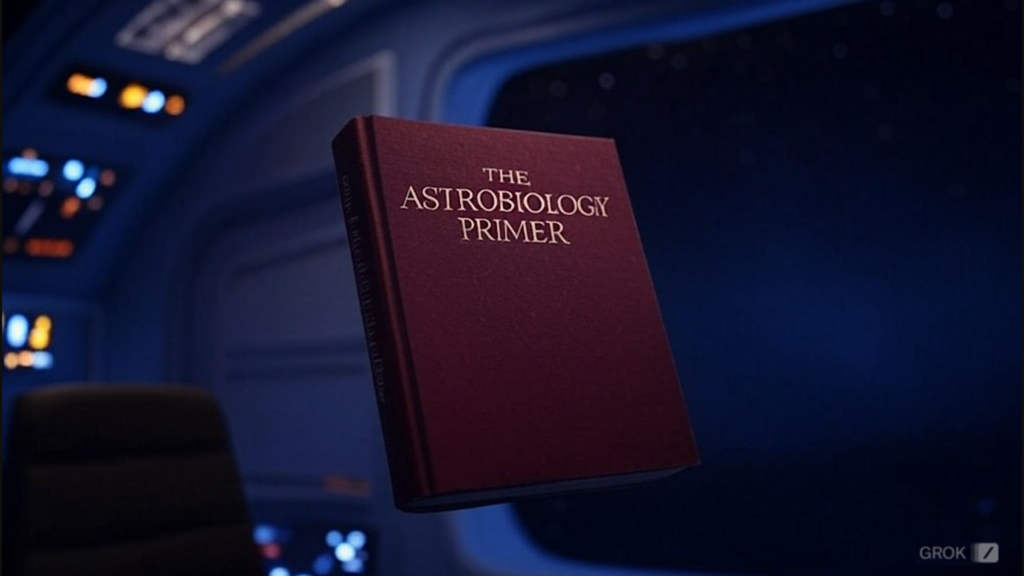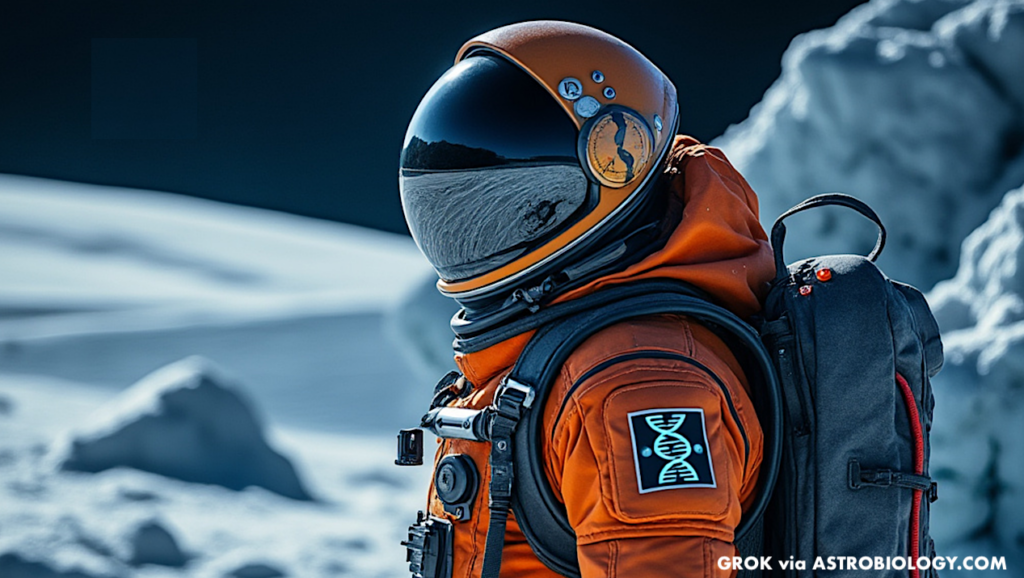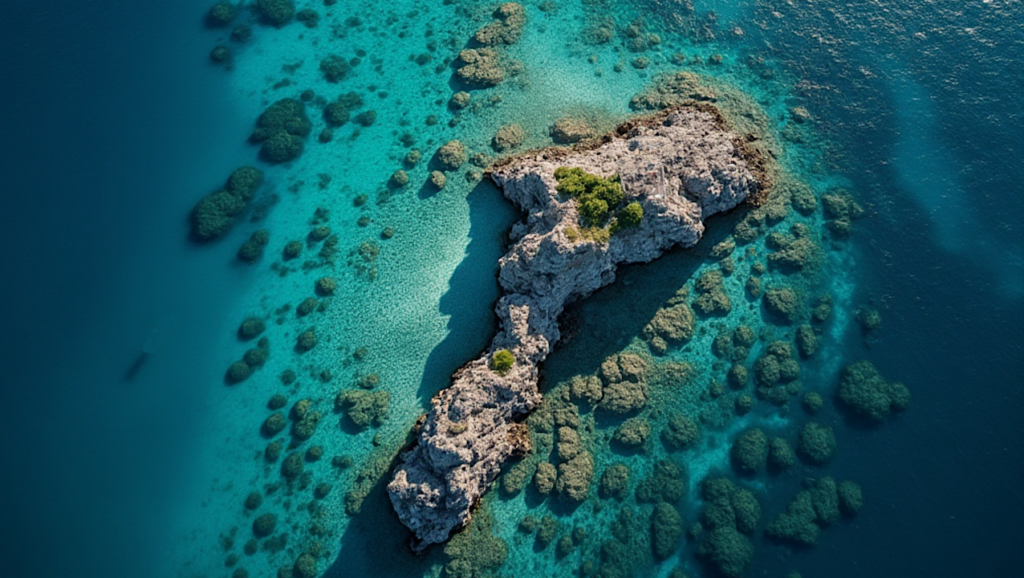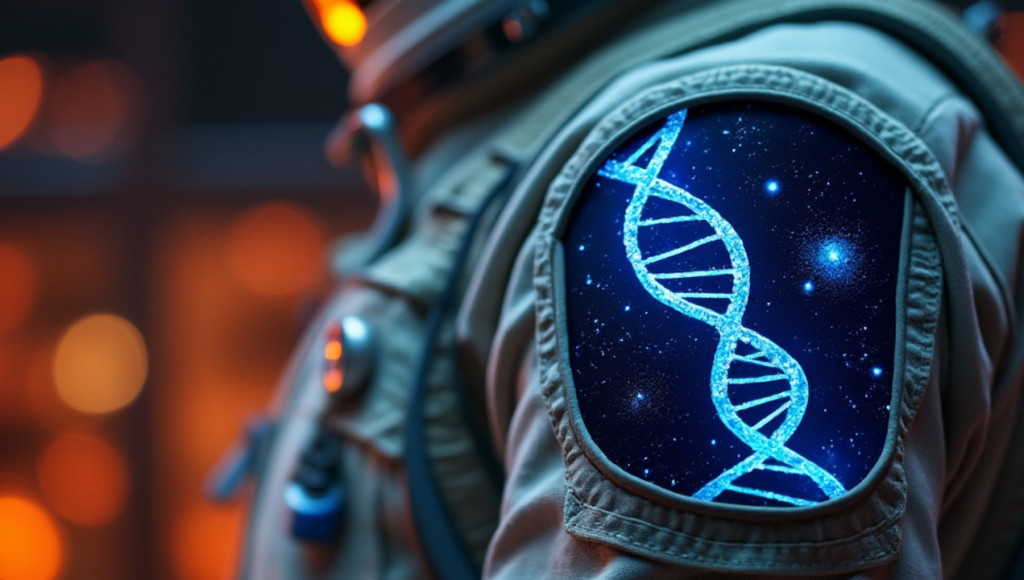NAI Director's Seminar 11/27: Formation of Habitable Planetary Systems: Are We Normal?
Speakers: Sean Raymond (University of Colorado) and Avi Mandell (Goddard Space Flight Center) Date/Time: Monday, November 27, 2006 11AM PST
Abstract: For a planet to be potentially habitable over long timescales, it must 1) have a stable orbit in the “habitable zone” (HZ); 2) have sufficient mass to sustain plate tectonics and maintain an atmosphere; and 3) have a substantial water content. Habitable planets are thought to form from a swarm of rocky/icy bodies in circumstellar disks, and it is this process which determines whether these “habitability criteria” will be met. We will review this process in the context of the formation of Earth and the Solar System, and examine the conditions needed to form habitable planets around other stars. Of particular importance is the presence and location of giant planets, which form more quickly than terrestrial planets and can strongly influence the final stages of terrestrial planet formation. We discuss models of terrestrial planet formation in systems with different configurations of giant planets, and we derive limits on habitable planet formation that suggest that about one third of the known sample of giant planet systems could harbor a potentially habitable planet. The formation and final characteristics of habitable planets formed in these simulations depend strongly on the dynamics of the giant planets, and we predict the existence of a large variety in the masses, orbits and compositions of Earth-like planets around other stars.
For participation instructions and more information, please visit: http://nai.arc.nasa.gov/seminars/seminar_detail.cfm?ID=95
[Source: NAI Newsletter]








